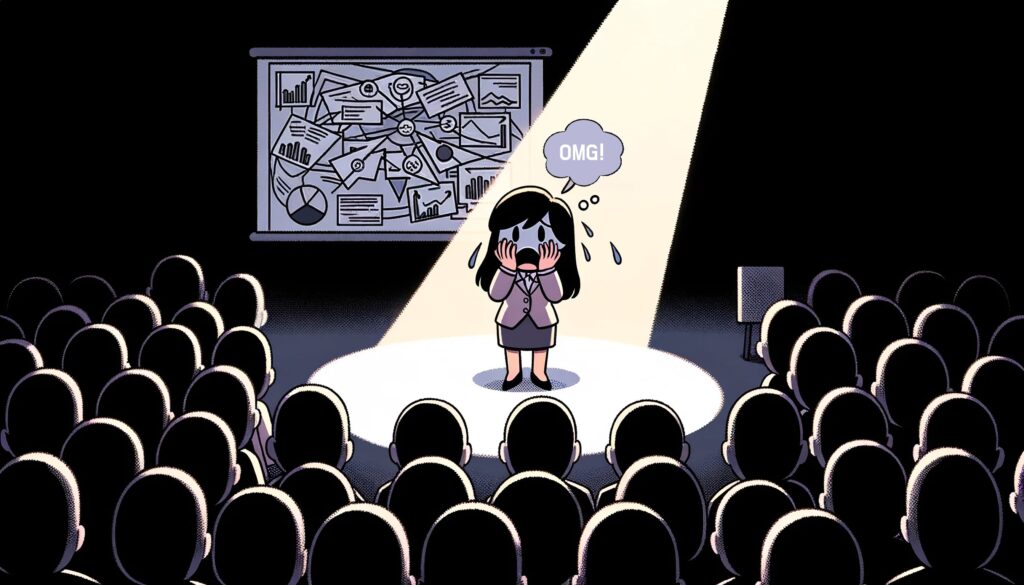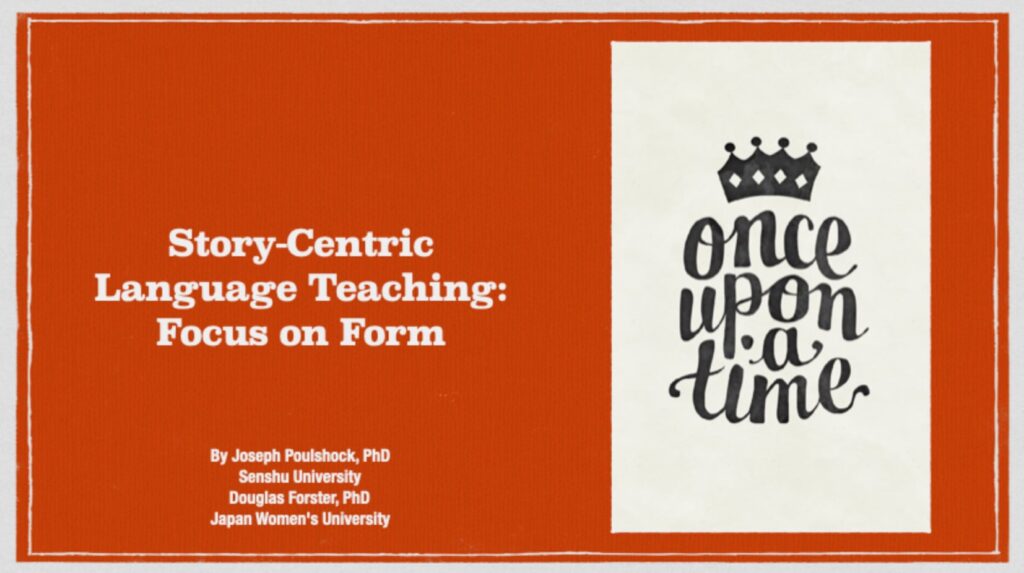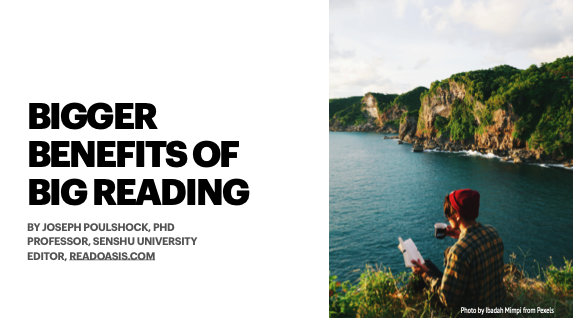Here are the slides for a webinar given on Friday, October 27, 2023 — for goFLUENT.
Synopsis:

Students, teachers, and business people often suffer a special kind of stress and frustration. What is it? They have to endure long, boring, overly-complex, and forgettable presentations. What’s the solution to this global problem?!
One solution comes from the power of story. Story works as the most powerful way to put information in human brains. And we can use the power and pattern of story to transform the way we communicate. Stories always follow a universal pattern. (1) A hero faces troubles and problems. (2) Our hero struggles to overcome these troubles and problems. (3) Our hero succeeds (or fails) to overcome their troubles and problems.
We can use this pattern when we communicate any kind of information. We can simplify the story pattern like this: (1) problem, (2) solution, (3) result. The audience stands as our hero. (1) We set our facts and data inside a problem they face. (2) Then we present our solutions to the problem. (3) Lastly, we present the result (the happy ending) that comes by following the solution.
In this webinar series, we will learn how to use tools and techniques to create presentations using story style. We’ll also learn how to use story style to clarify our written communication and the way we manage meetings. But most of all, we will learn to make our presentations more effective, impactful, and memorable.


